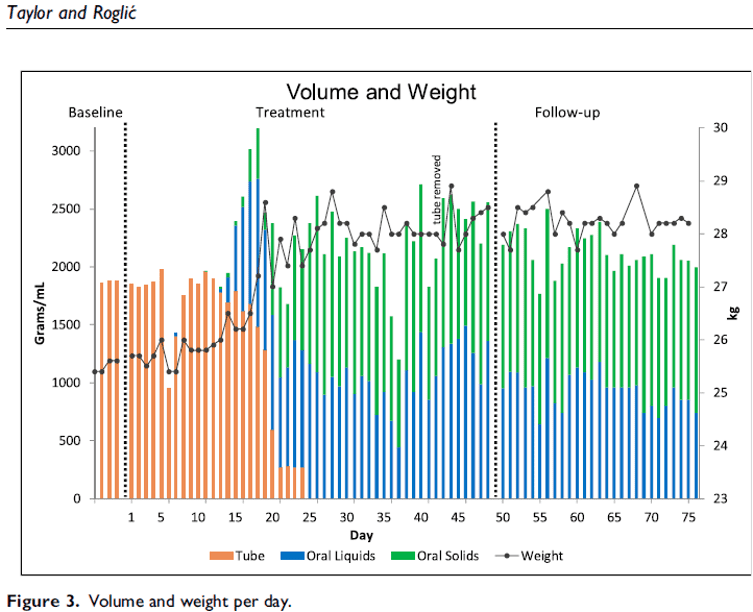
Jul 19, 2025 | Publications
A nine-year-old, healthy boy – suddenly stopped swallowing even his own saliva, which caused a huge regression in his life. He was no longer speaking or using his hands, stopped participating in activities, was back in nappies, out of school, and not sleeping.
The moment when he finally swallowed some saliva, we were all crying and couldn’t believe it. His mum was jumping up and down, hugging him and celebrating. The process took 7 weeks but he finally got off his NG tube, gained weight, and reached a variety of 94 foods across food groups.
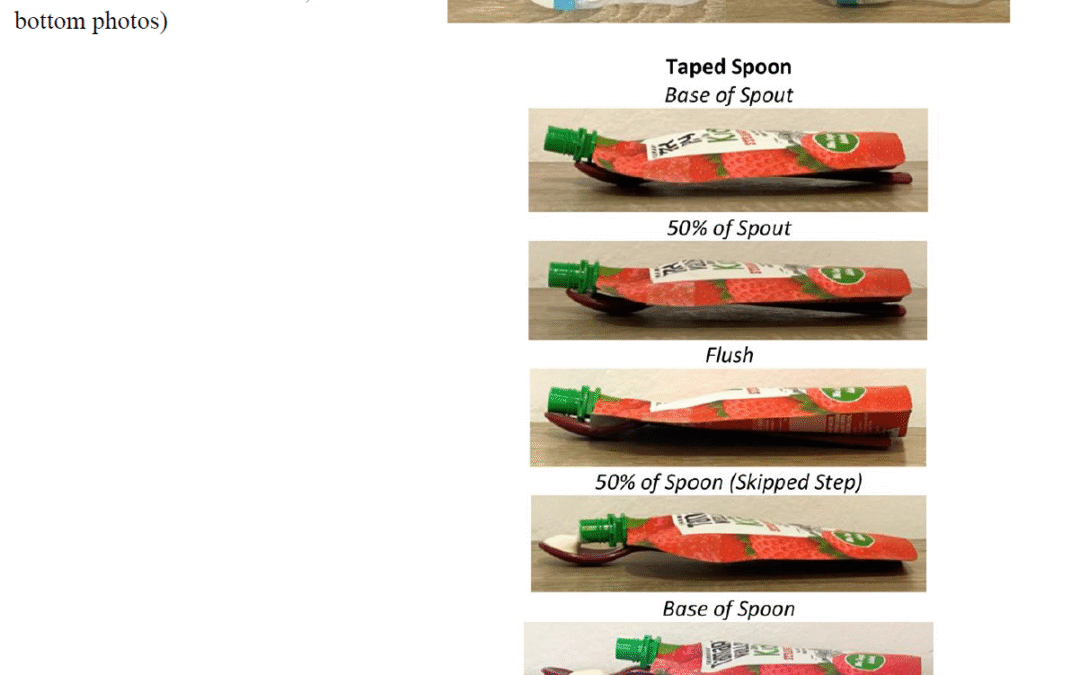
Jun 15, 2024 | Publications, Featured, Social Validity
11 skills in just 2 weeks! Took tedious hard work, but he eventually was a little chopstick expert, even with small vitamins. Another one of my favourite/tippie-top treatment arrangements, plus important novel cultural caregiver perspectives shared including on social validity.

May 14, 2024 | Publications, Featured, Resources, Social Validity
On multimodal social validity assessment (including direct objective recipient measures) with heaps of practical implications, and one of my most preferred/tippie top/fun treatment arrangements and data collection keys to add (h = happy) ever. Variety record 224 🥇
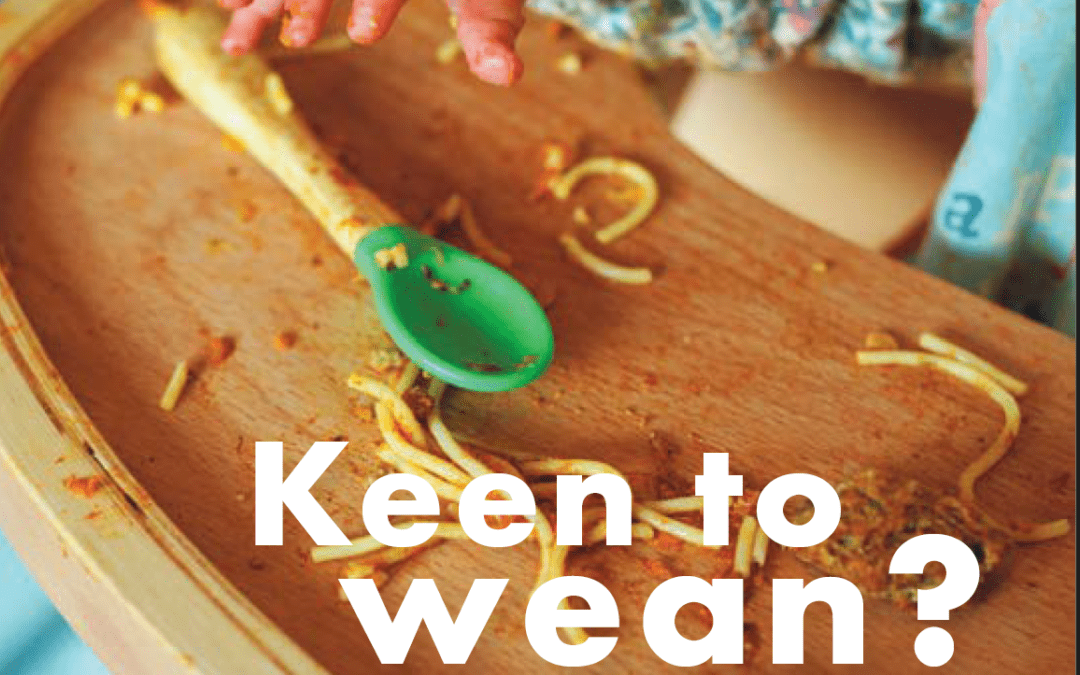
Jan 15, 2024 | Featured, Resources
What’s most touching is seeing so many ‘firsts’ – not only during the tube weaning program, but in updates from the families after. With all the complexity and hard work that goes into it, it’s so rewarding to finally see a child…
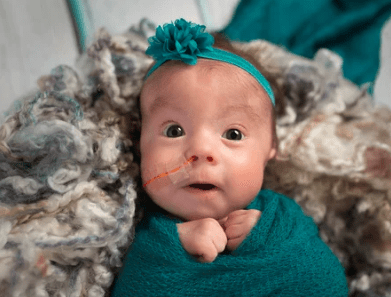
Jul 25, 2023 | Publications
Prolonged tube feeding has a multitude of negative outcomes. The transition to oral feeding is essential for child and family quality of life. Behaviour-analytic interventions are effective for paediatric feeding disorders, but information is lacking regarding the treatment process and outcomes. This study evaluated a home-based behavioural intervention for a 19-month-old child dependent on tube feeding. An intensive period was followed by caregiver support to advance feeding skills. We applied differential reinforcement and volume fading within a multiple probe design. Results showed clinically significant behavioural and nutritional outcomes, the cessation of tube feeding, and a process valued by the family.
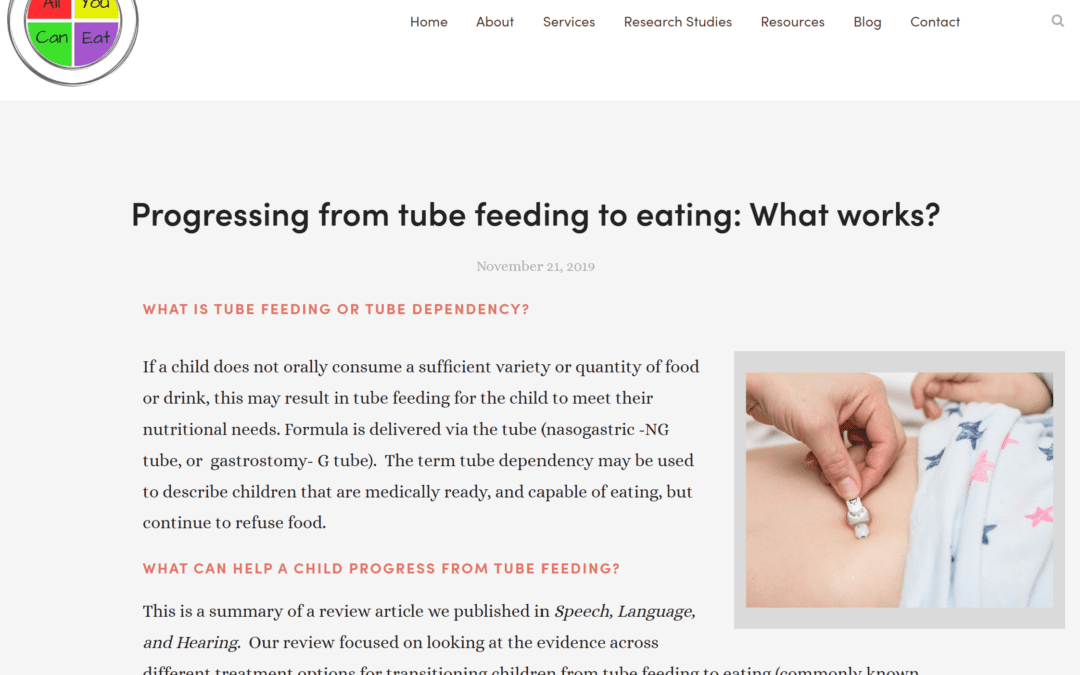
May 2, 2023 | Featured, Publications, Resources, Reviews
“Our review focused on looking at the evidence across different treatment options for transitioning children from tube feeding to eating (commonly known as tube weaning).” “Behavioural treatments reported significant gains in oral consumption and improvement in mealtime behaviours but there were less reports of children being tube weaned. Behavioural studies often involved children with very complex and severe feeding difficulties, and many had DD.” “A high level of treatment intensity is needed, at least over a few weeks. This involves multiple meals per day, over consecutive days.”






